SNAMM '17 - Ovation GCF Series, Elite Series, Legend Series & Glen Campbell Bluebird Demos
The famed company brings back a classic electric, and introduces some new acoustic lines.
By Jason ShadrickJul 21, 2017
Jason Shadrick
Since attending a Dave Matthews Band concert as a teenager, Jason has been into all things guitar. An Iowa native, Jason has degrees in Music Business from Minnesota State-Mankato and Jazz Pedagogy from the University of Northern Iowa. Since then, he has spent time doing everything from promotion at an indie music label to organizing guitar workshops all over the country. Currently, Jason lives with his wife, son, and daughter in Cedar Rapids, Iowa.






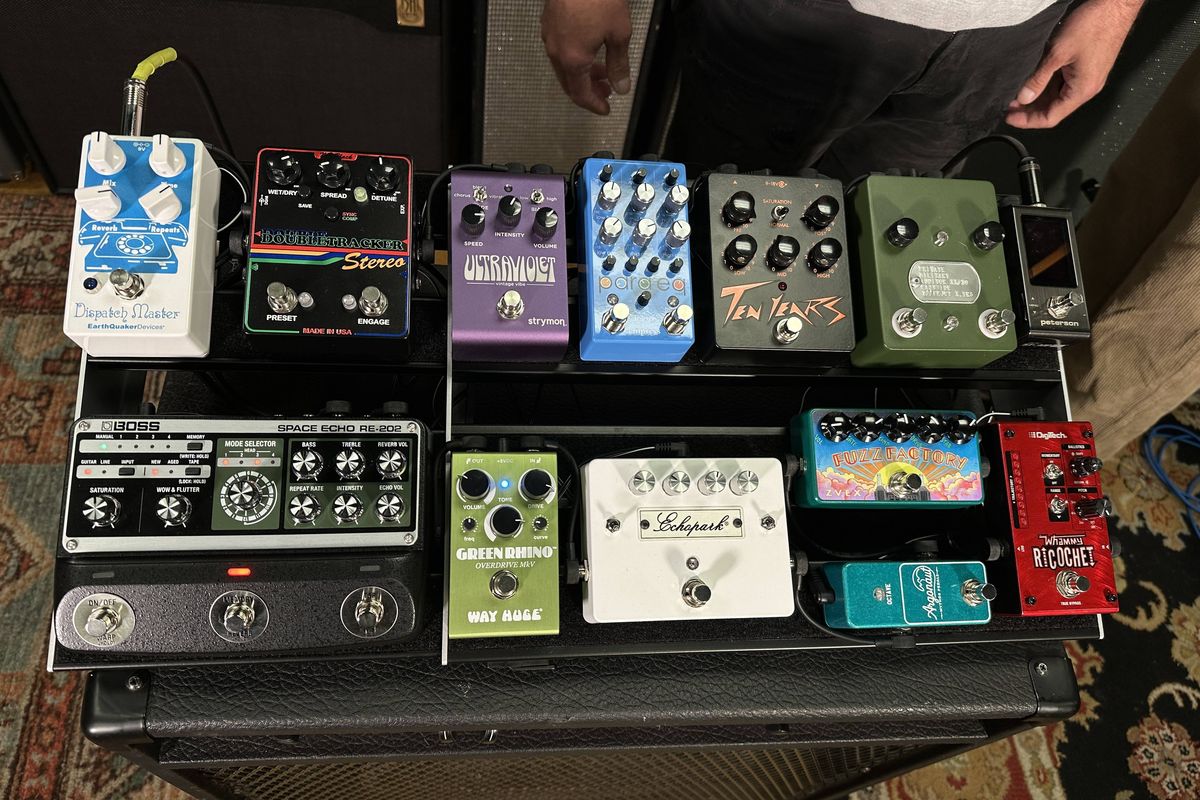
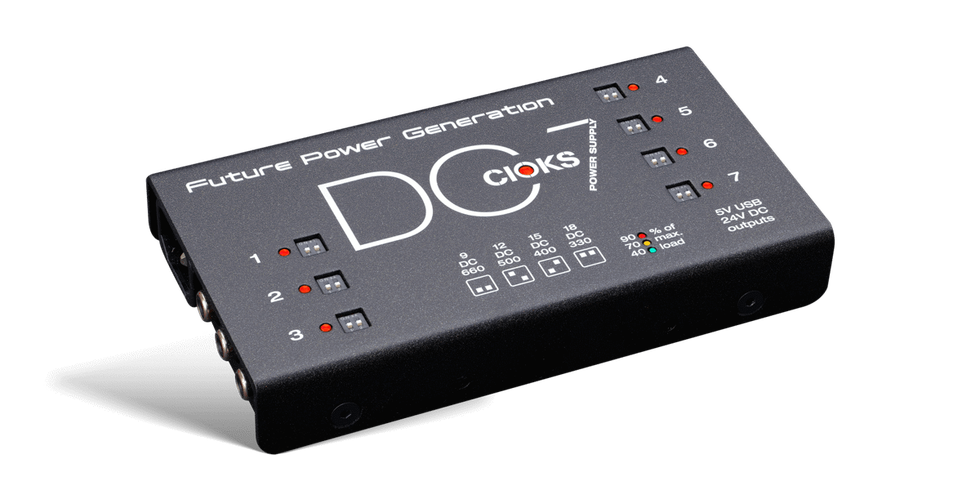
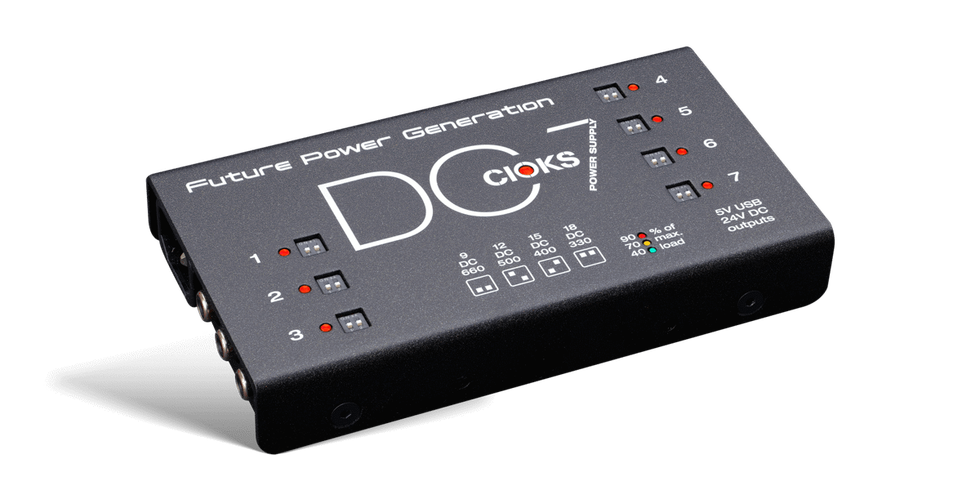
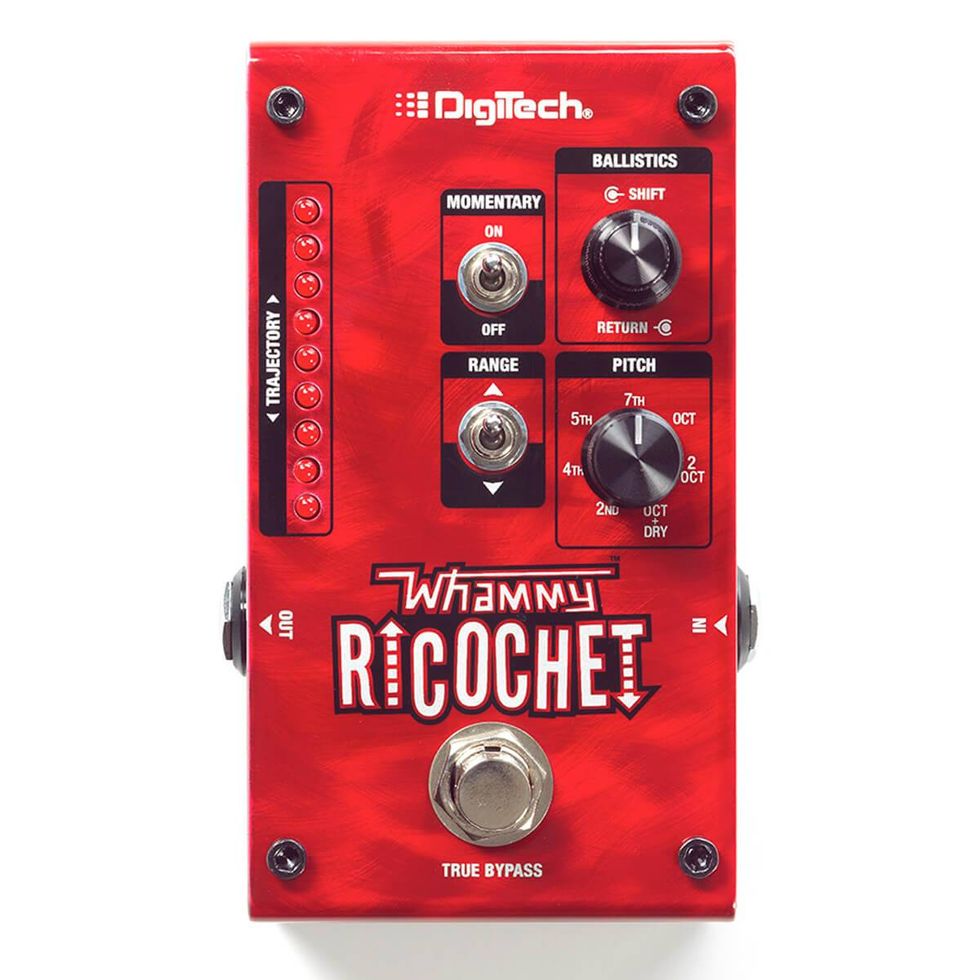
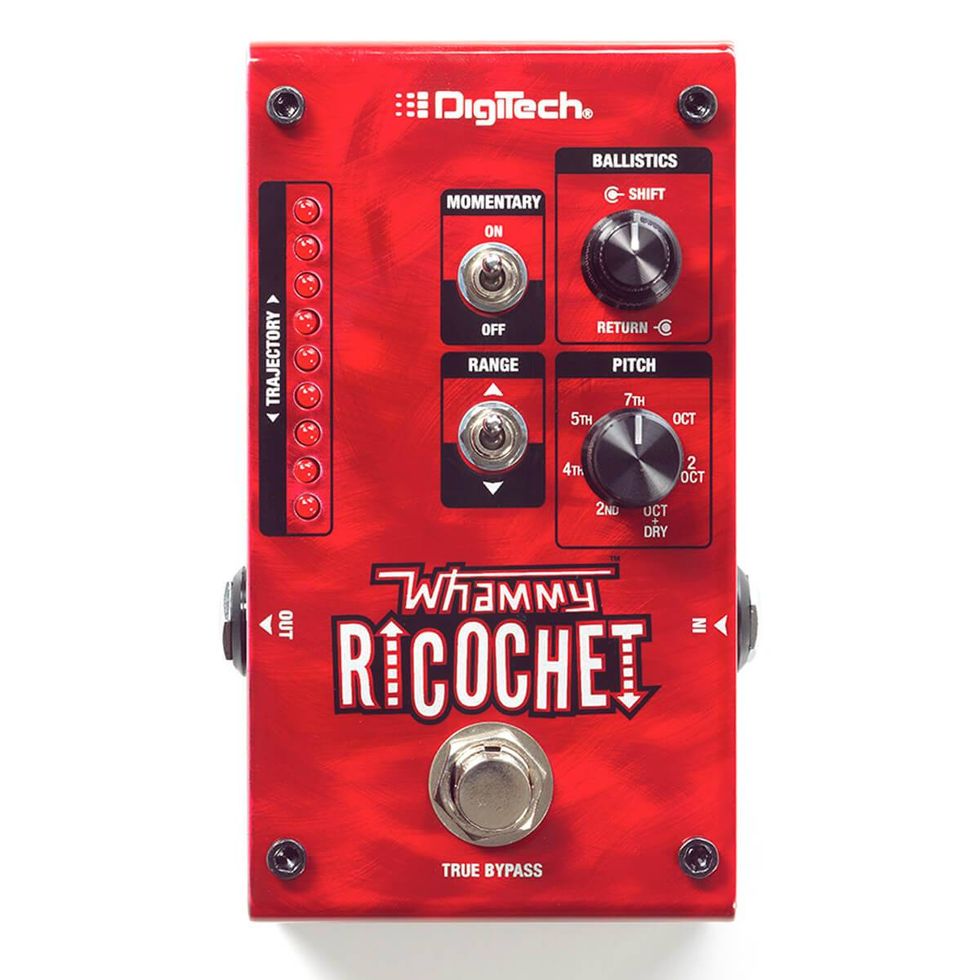


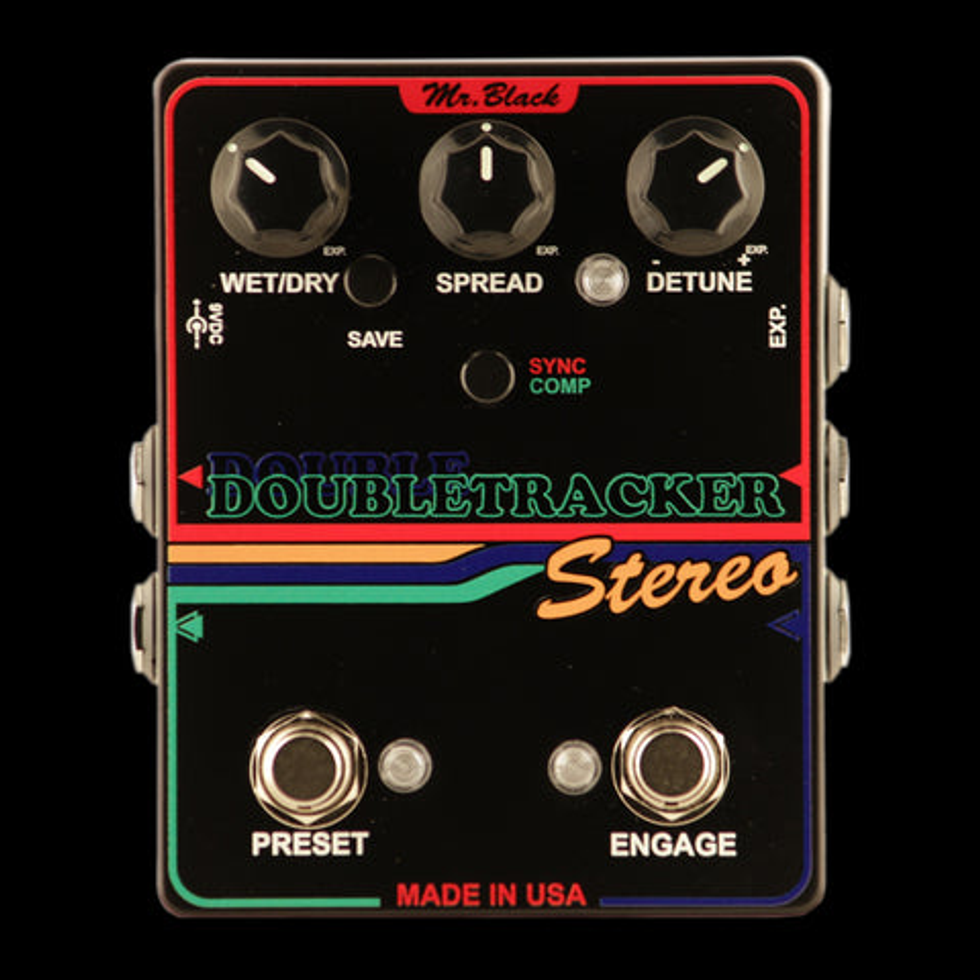
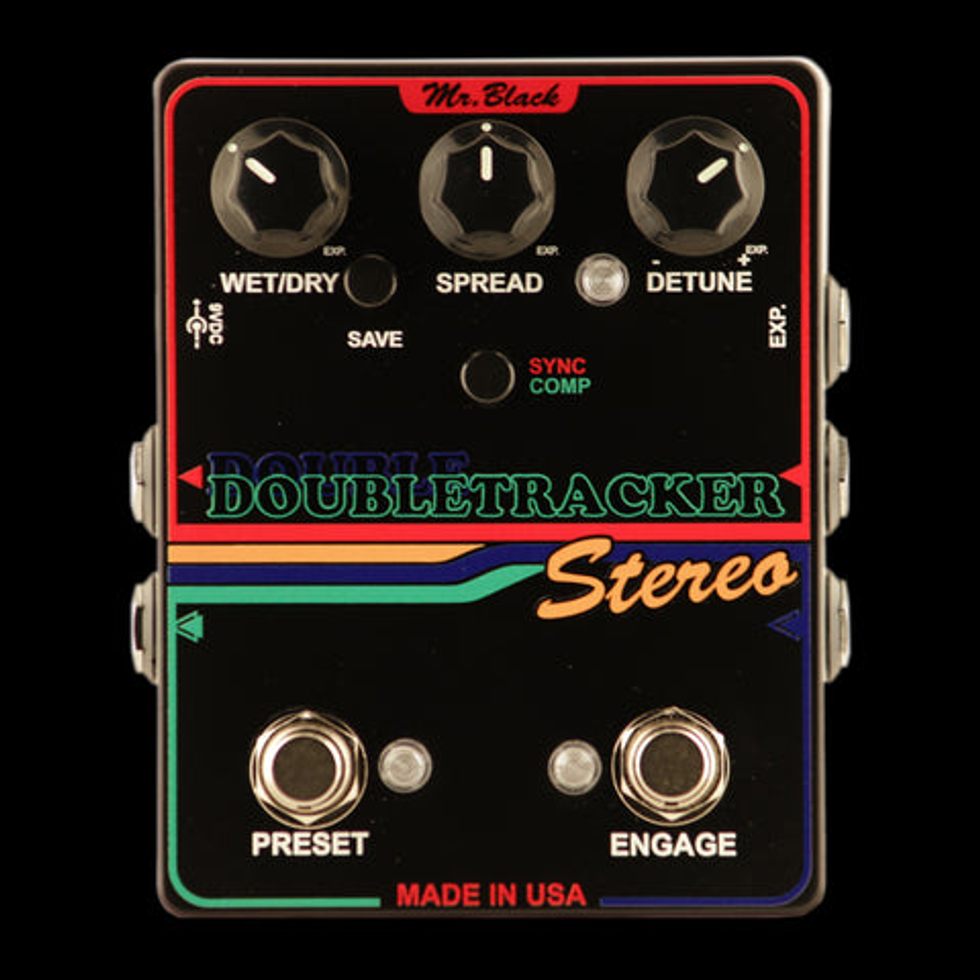
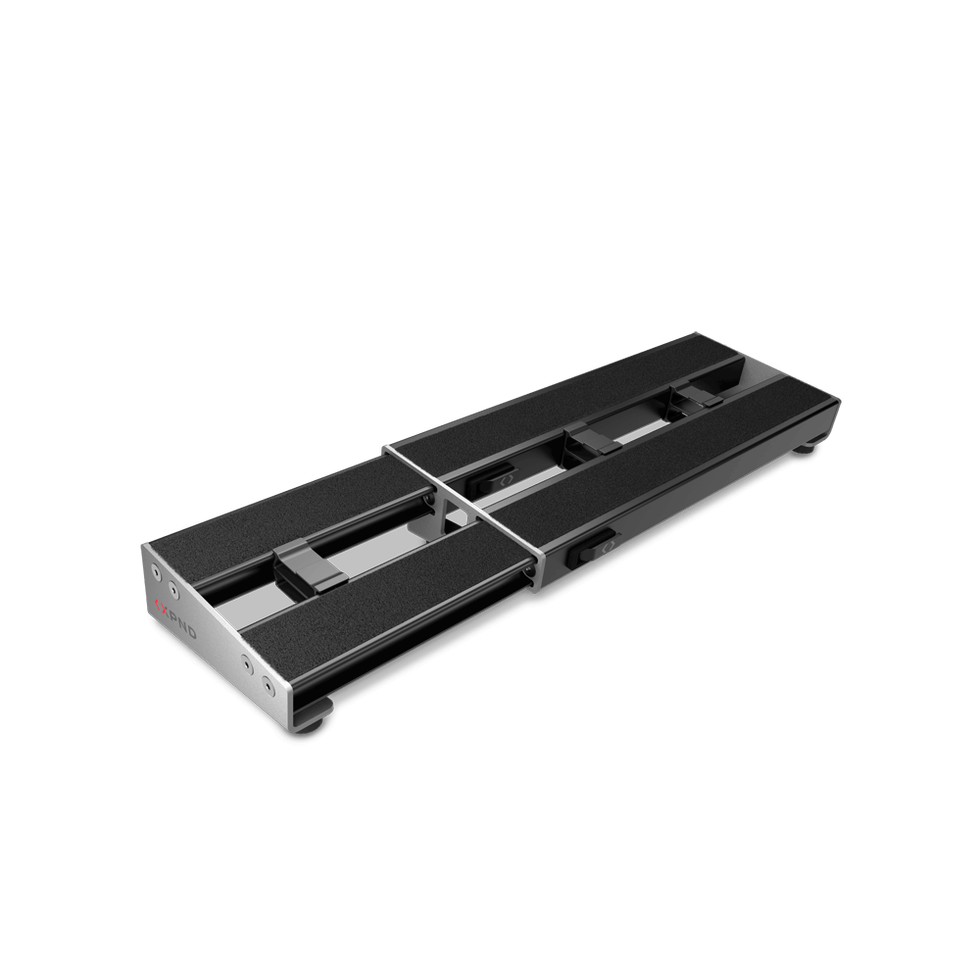
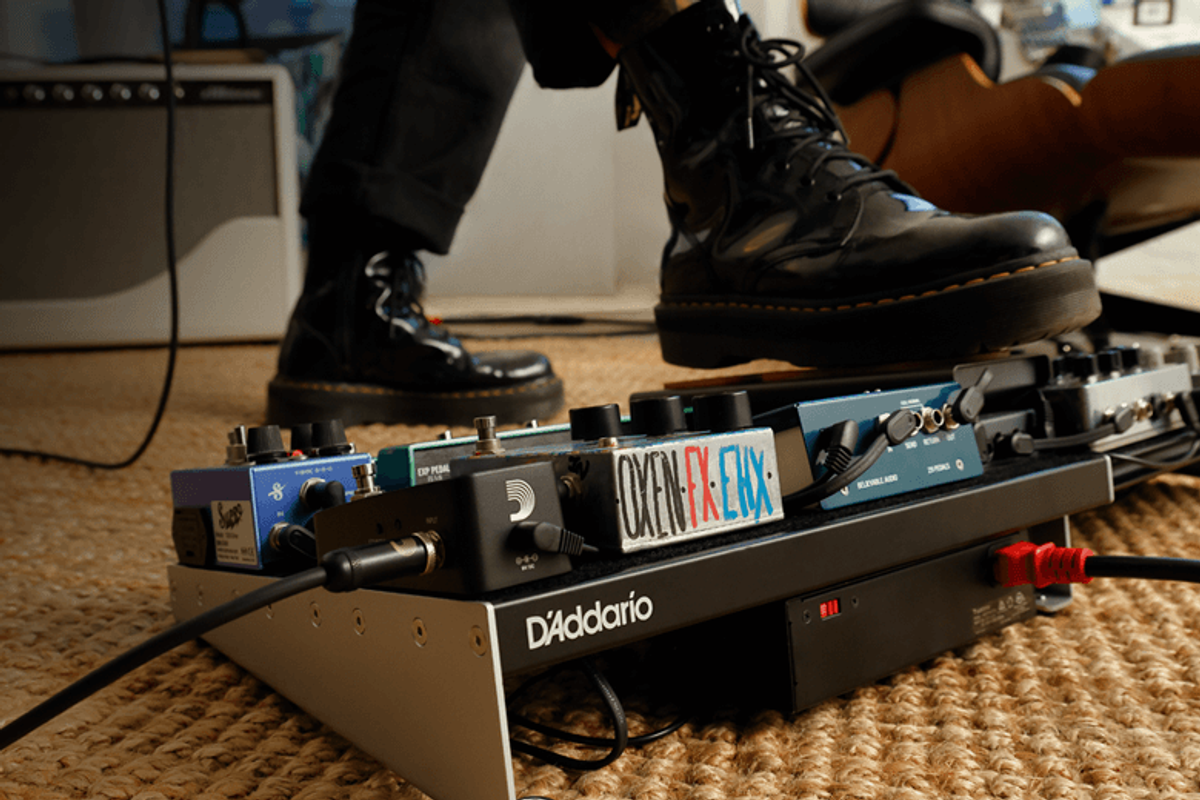
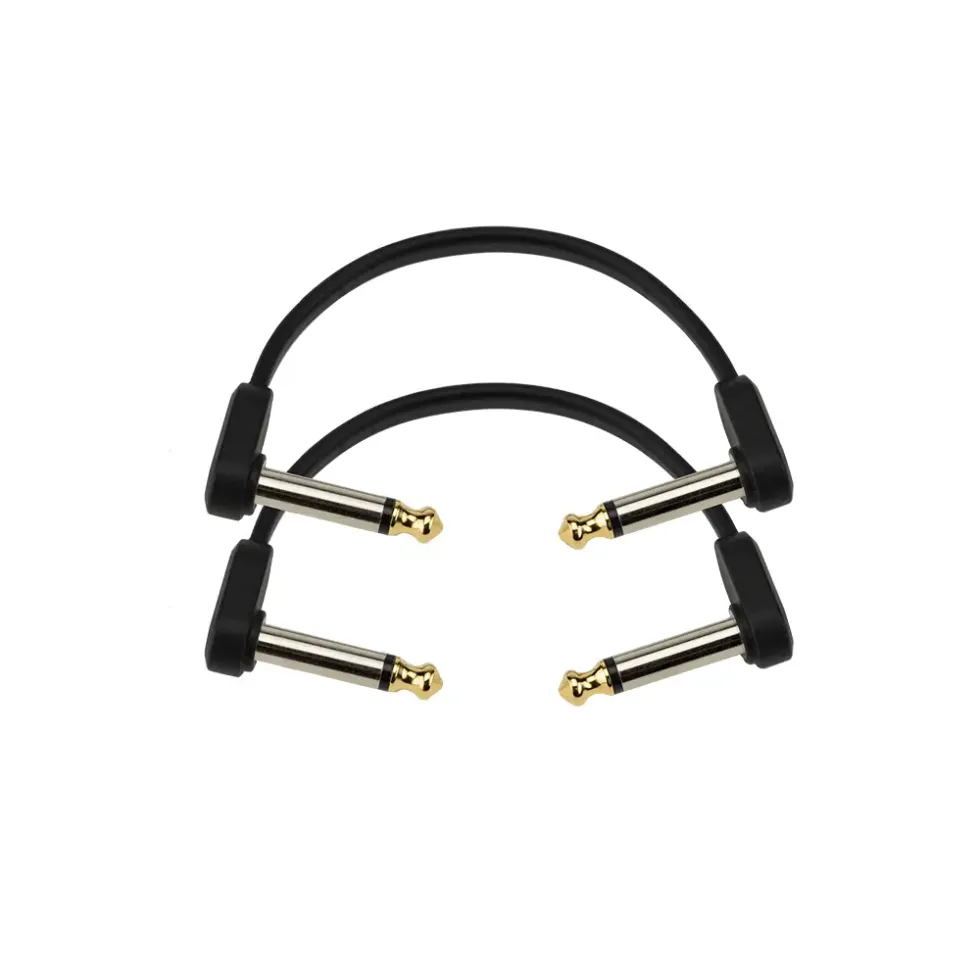
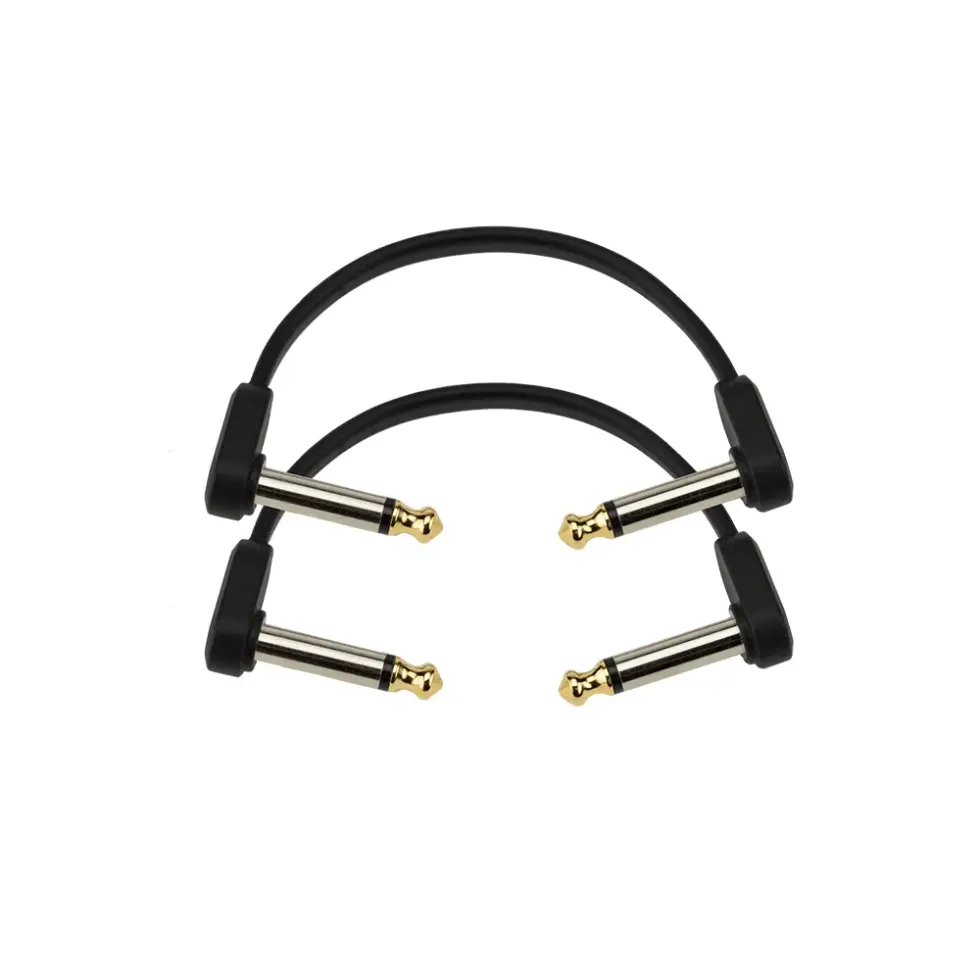
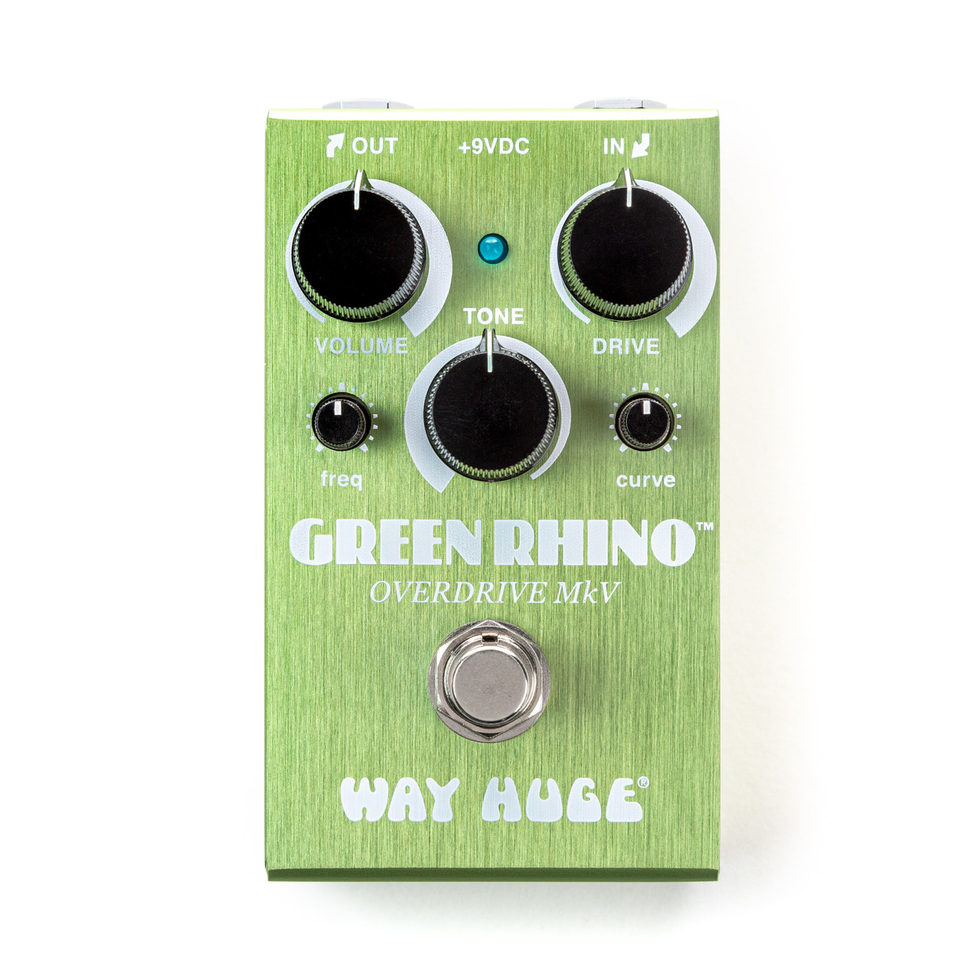
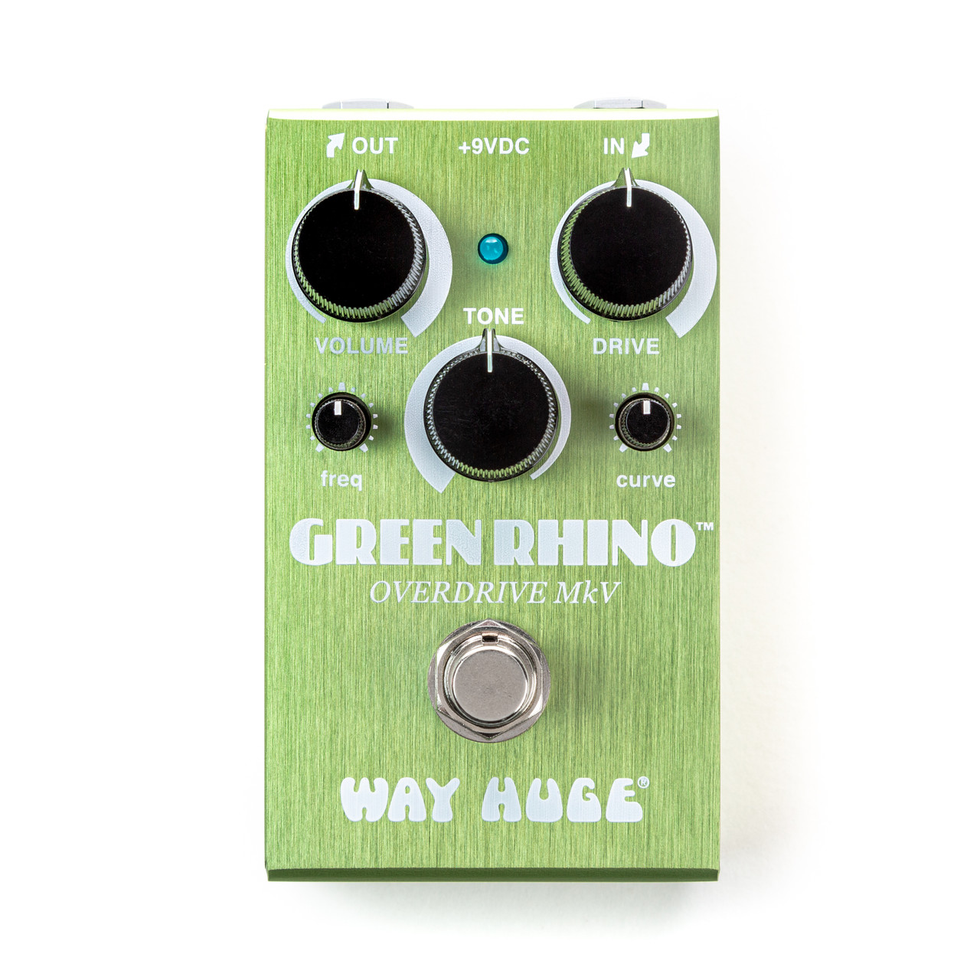
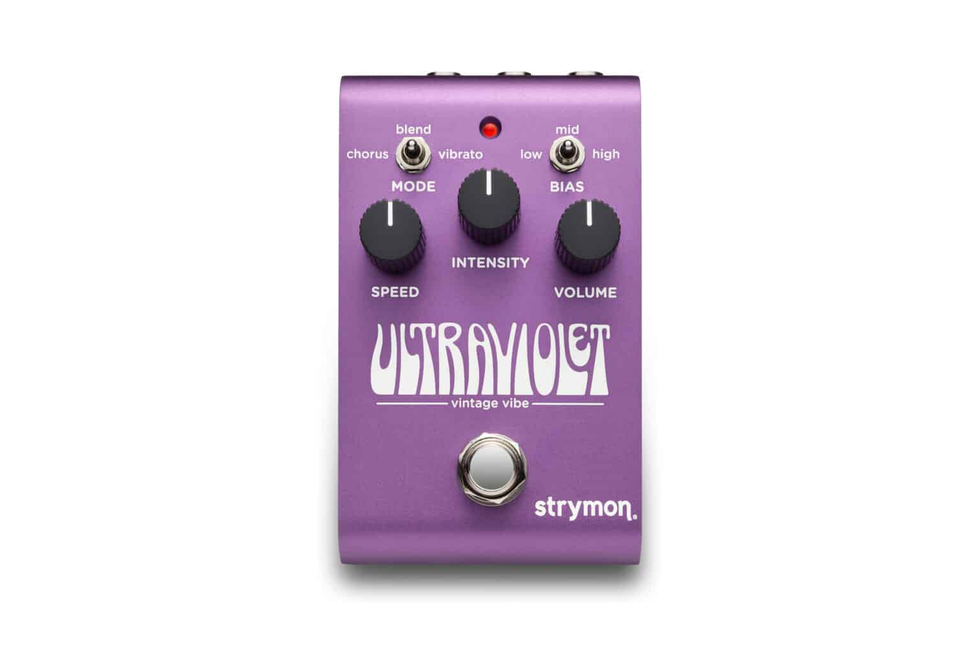
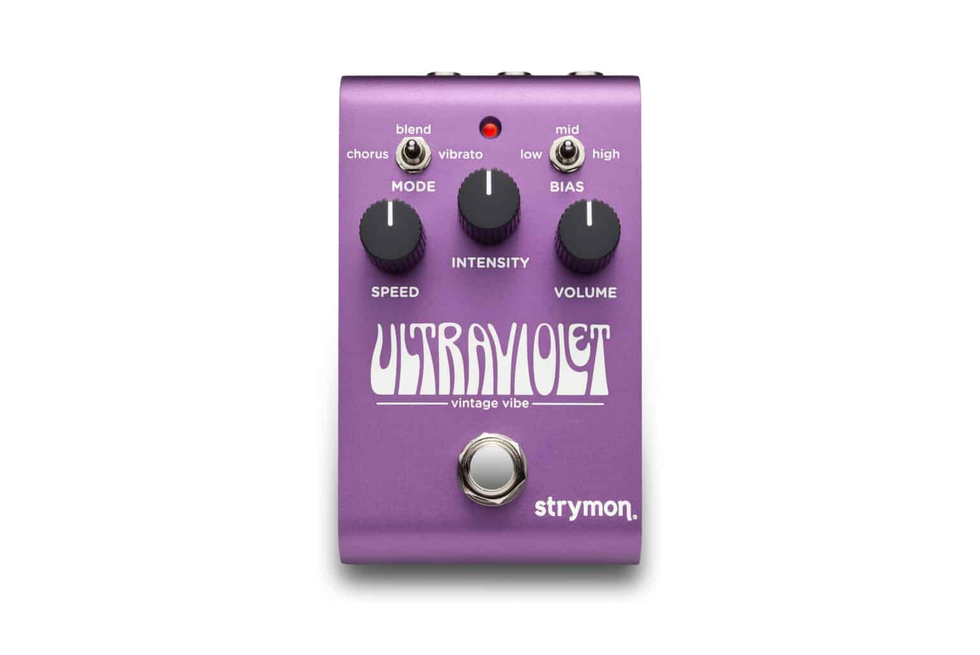
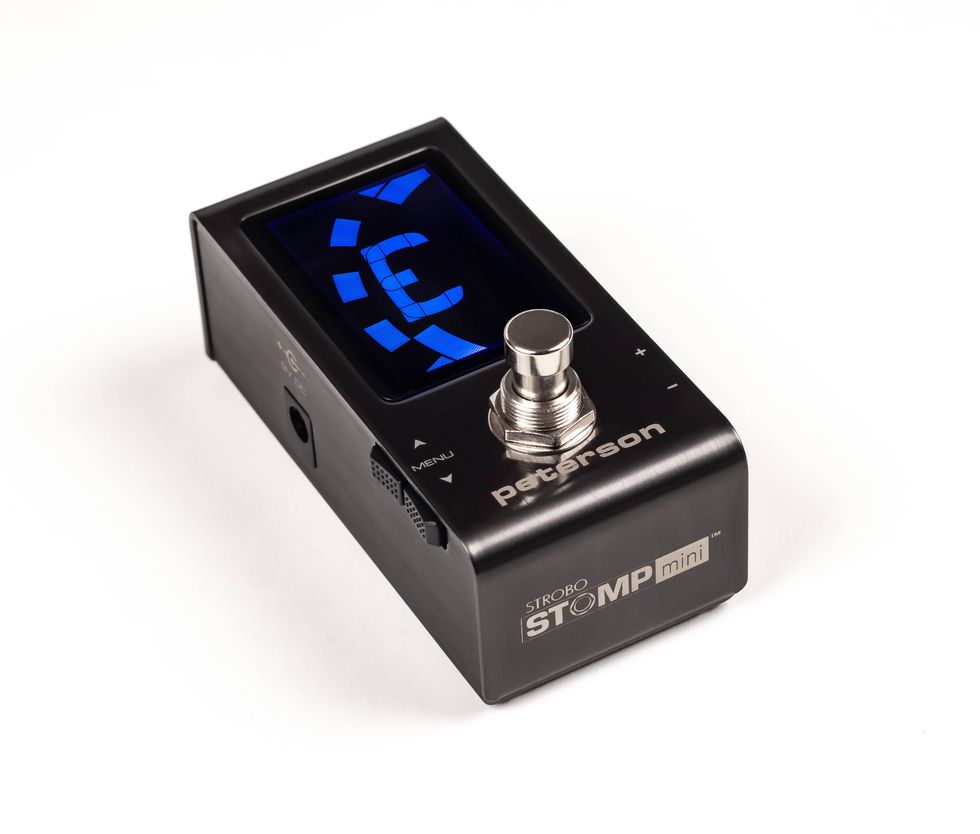
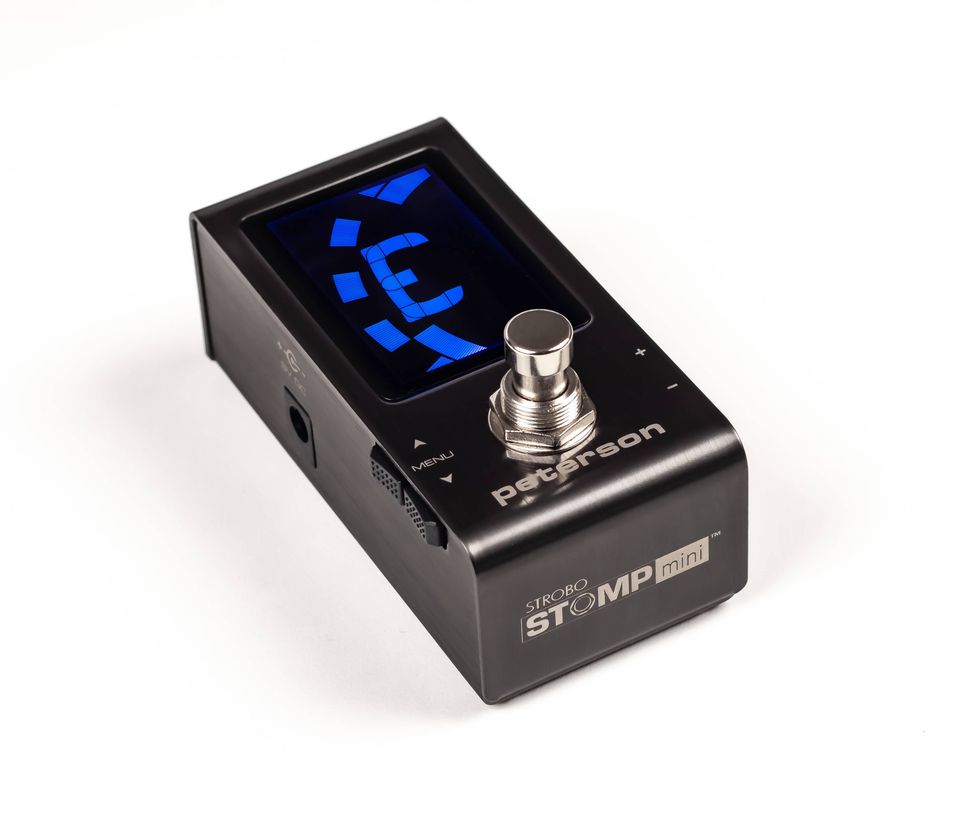
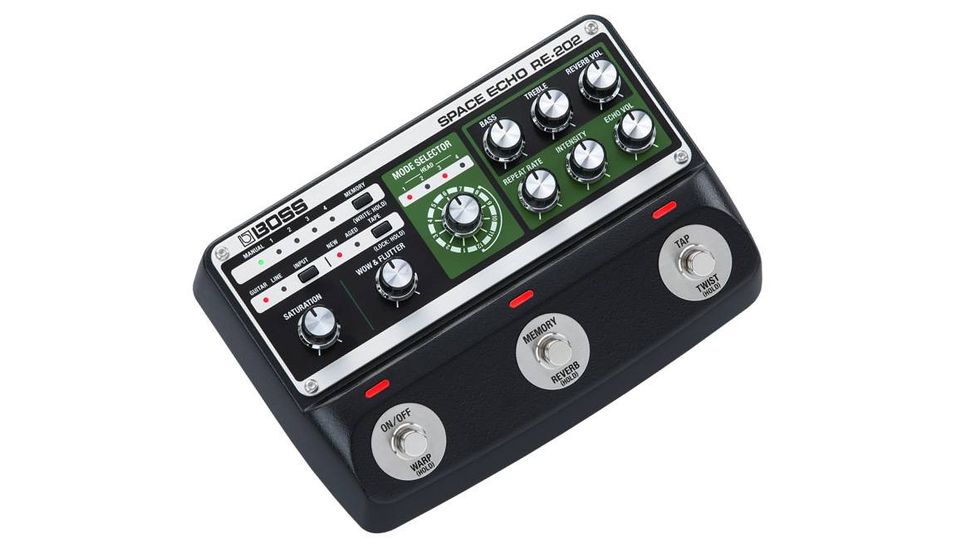
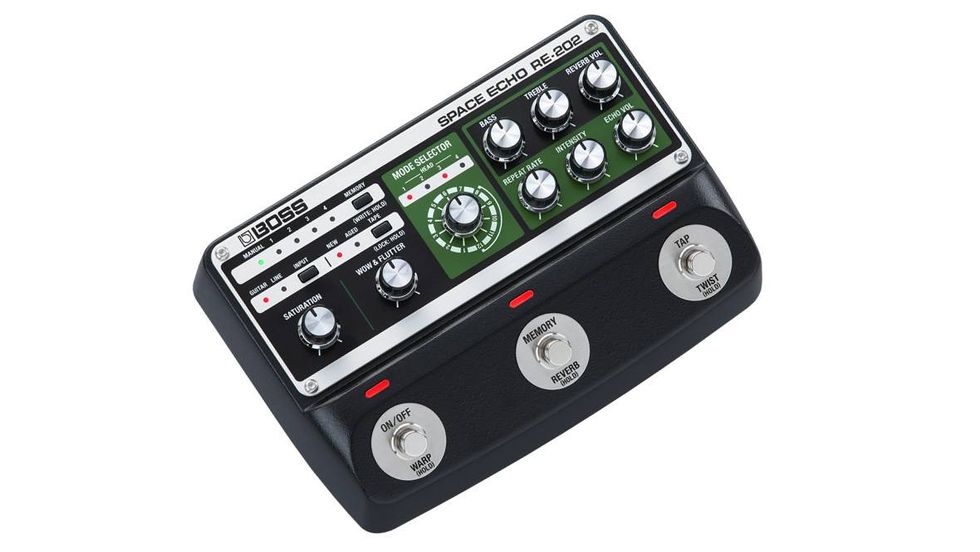
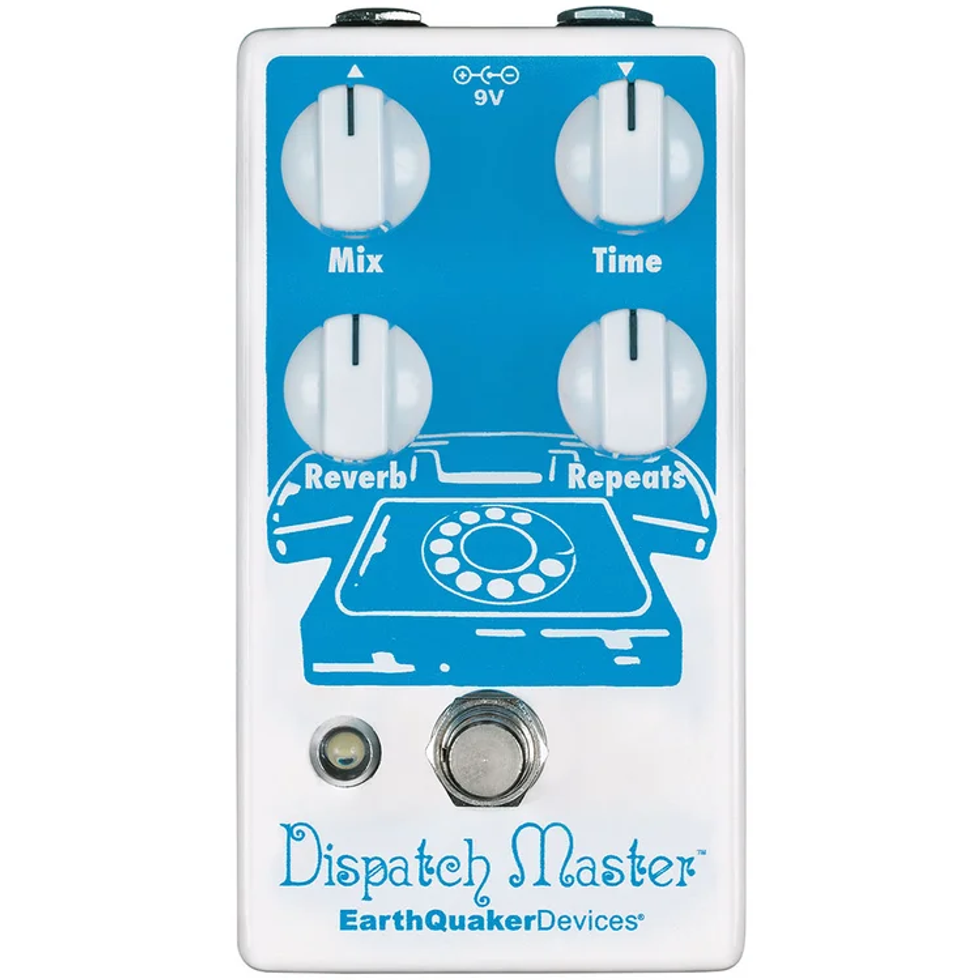
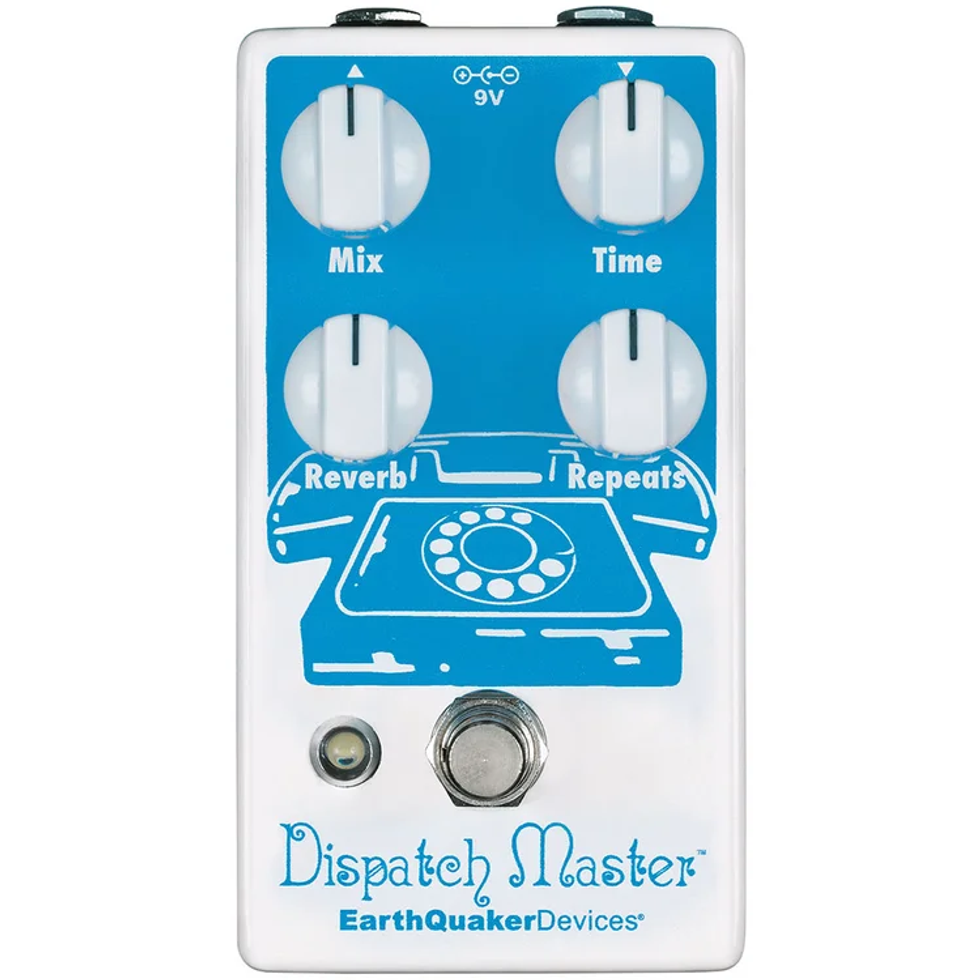
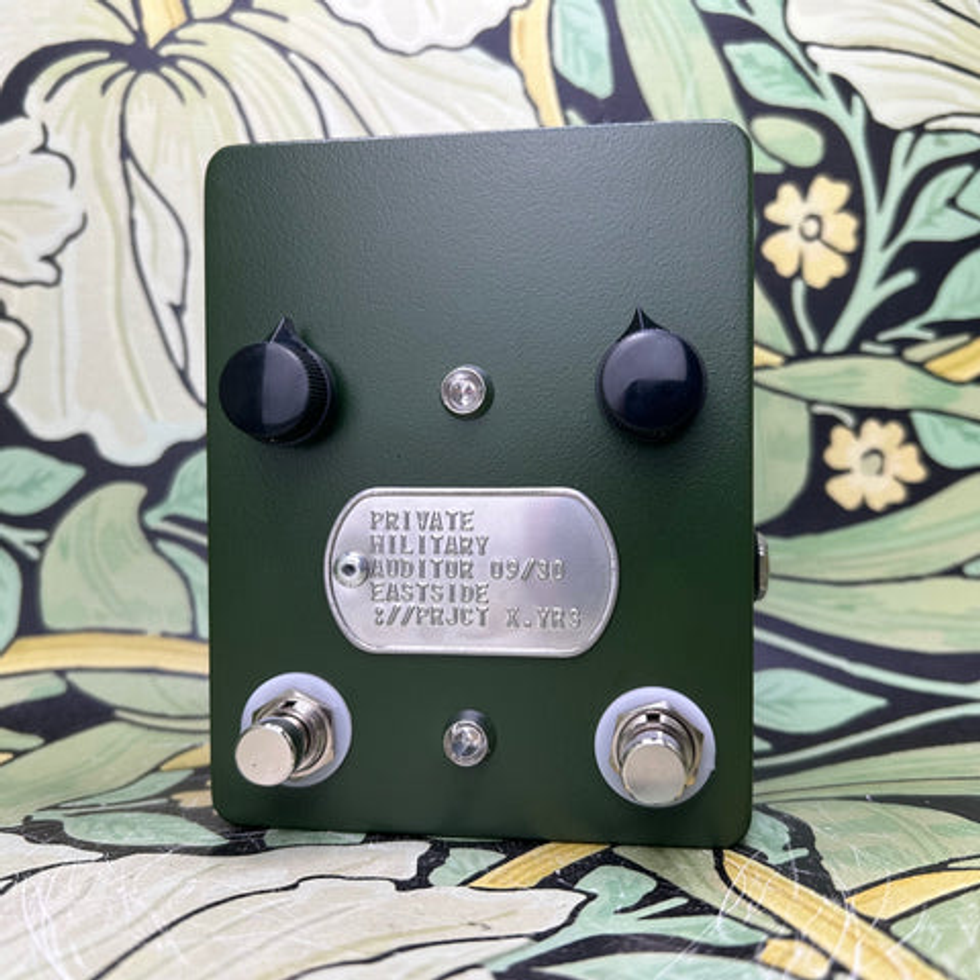
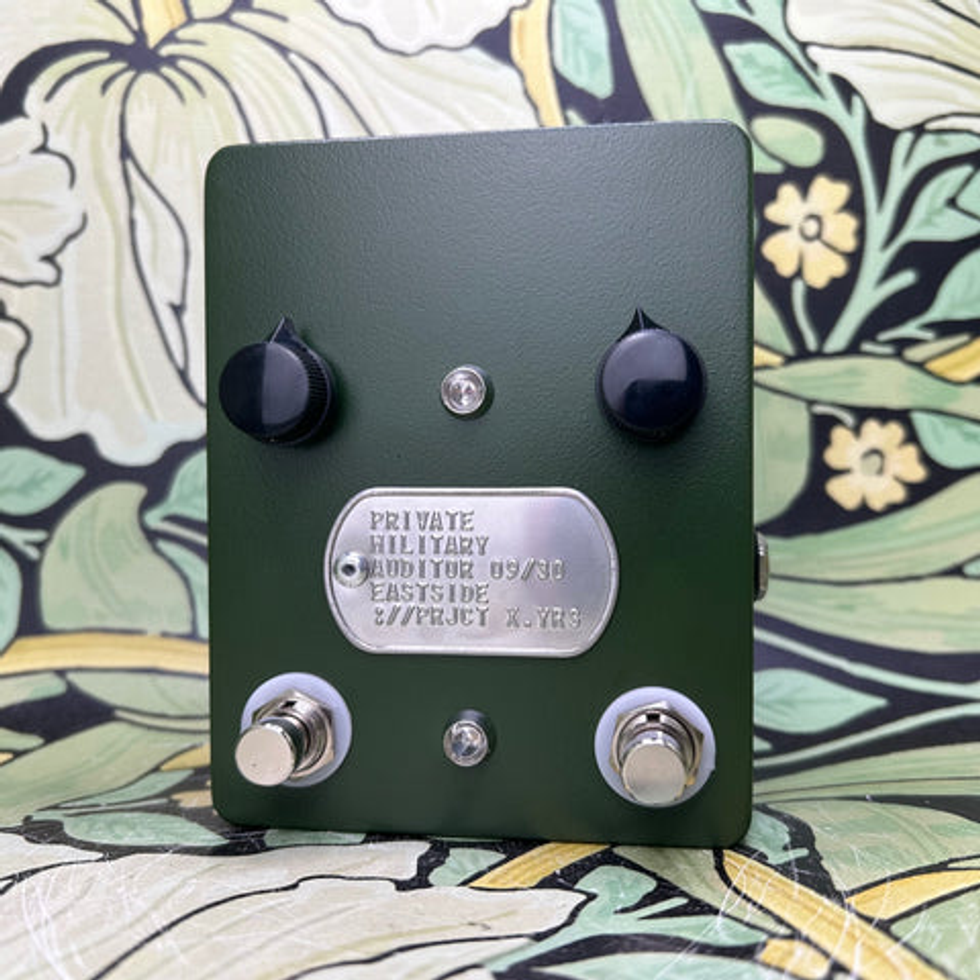
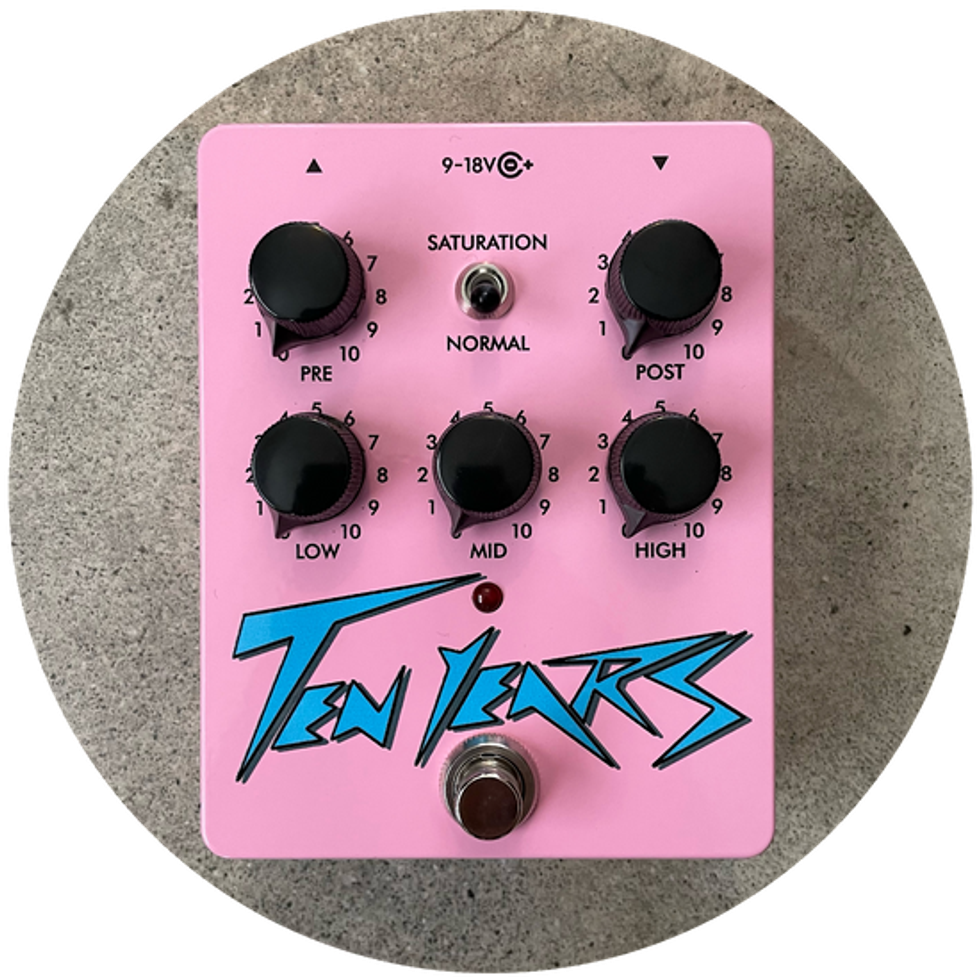
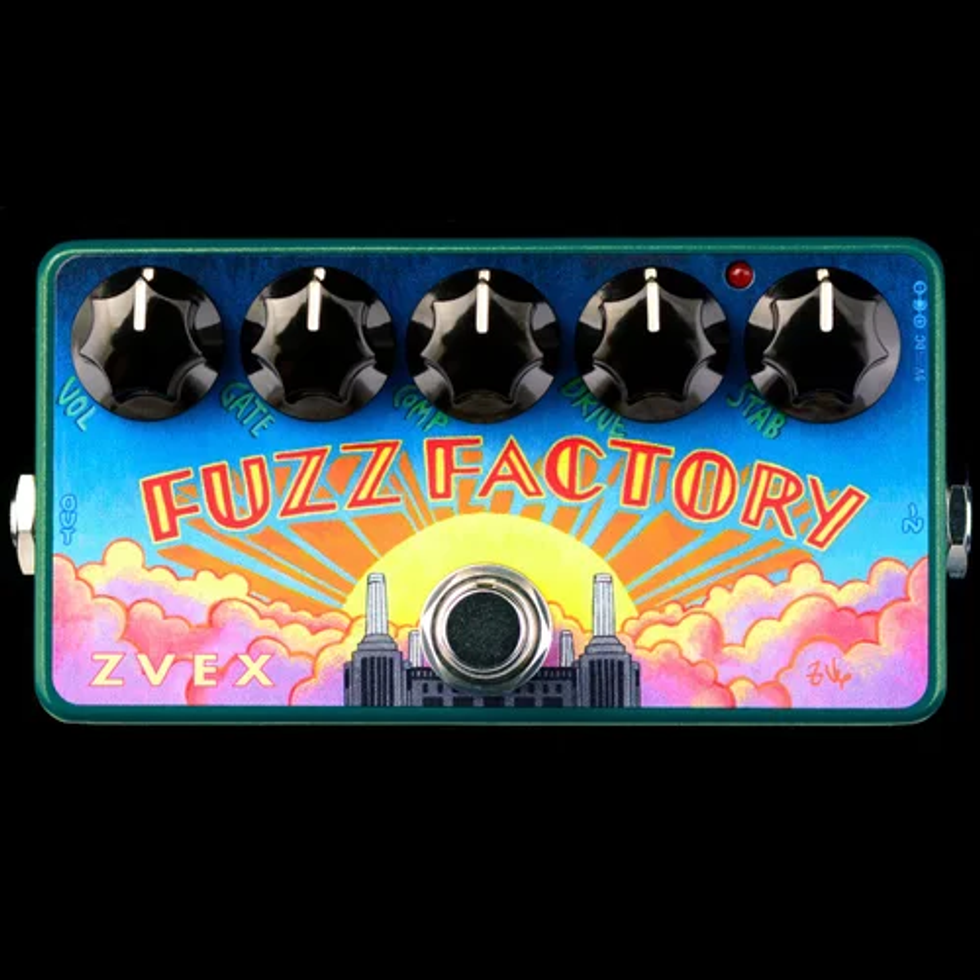
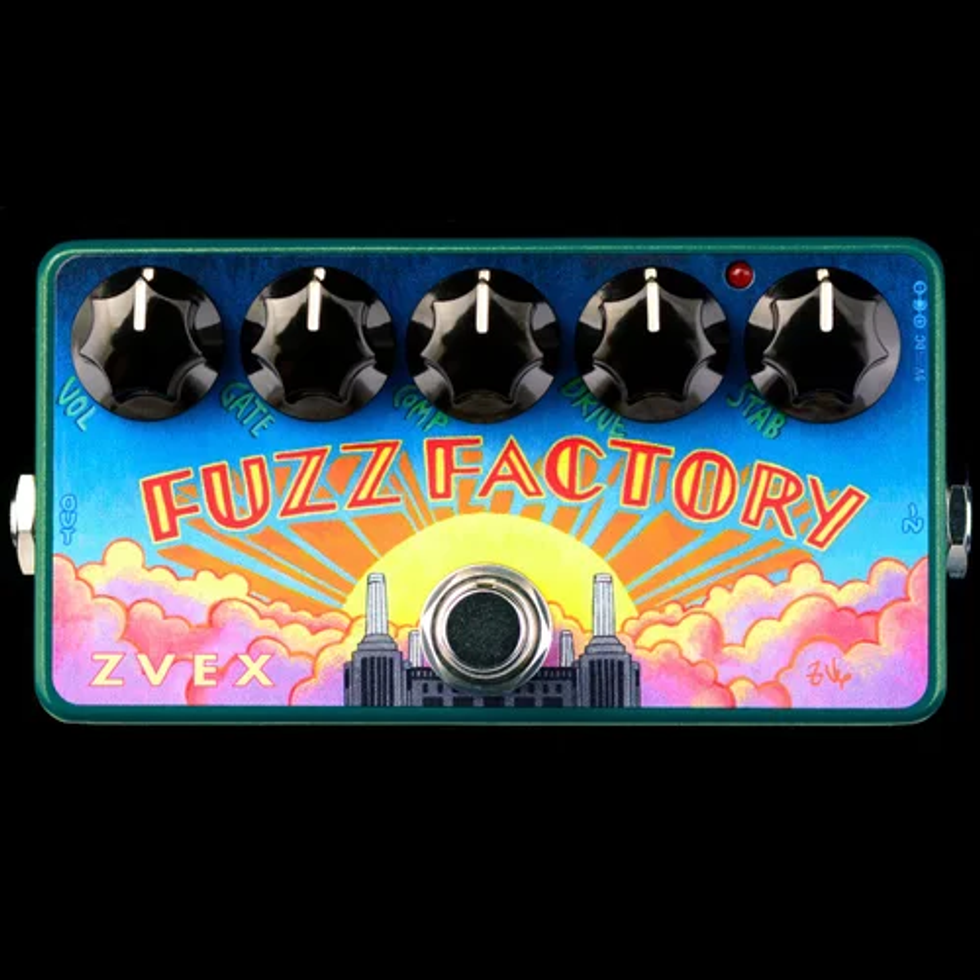
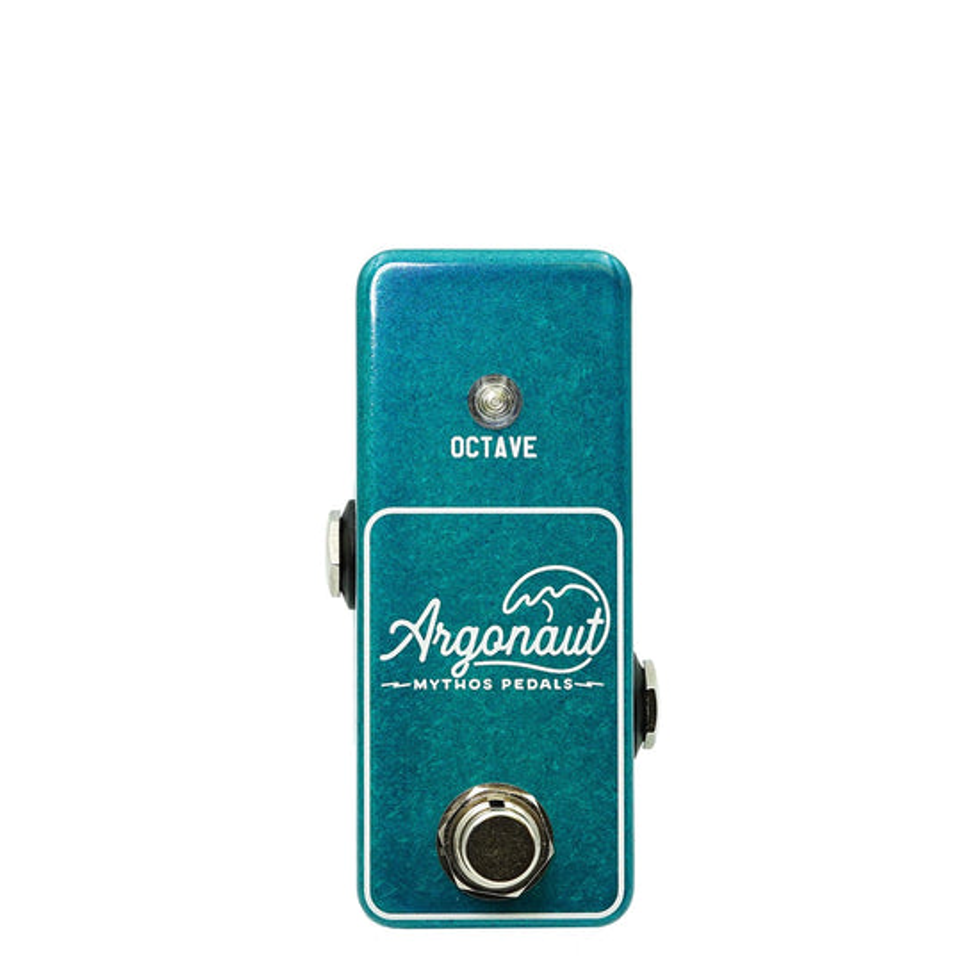
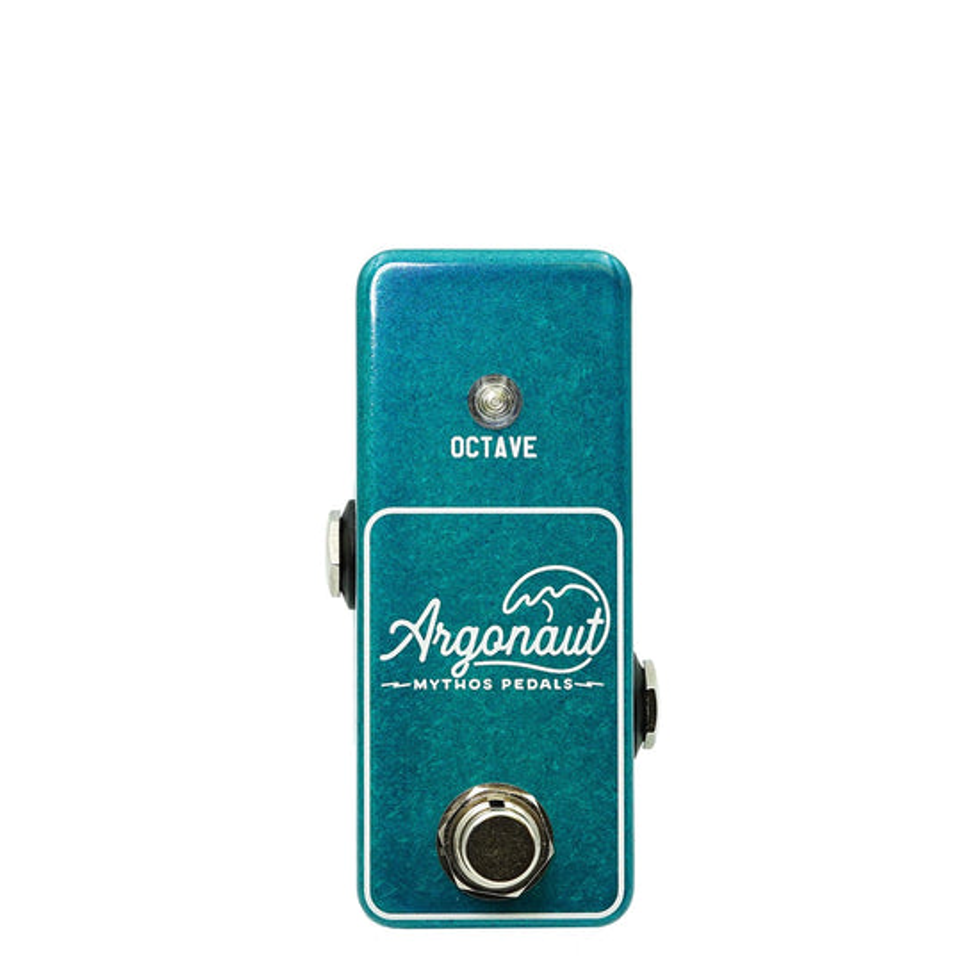
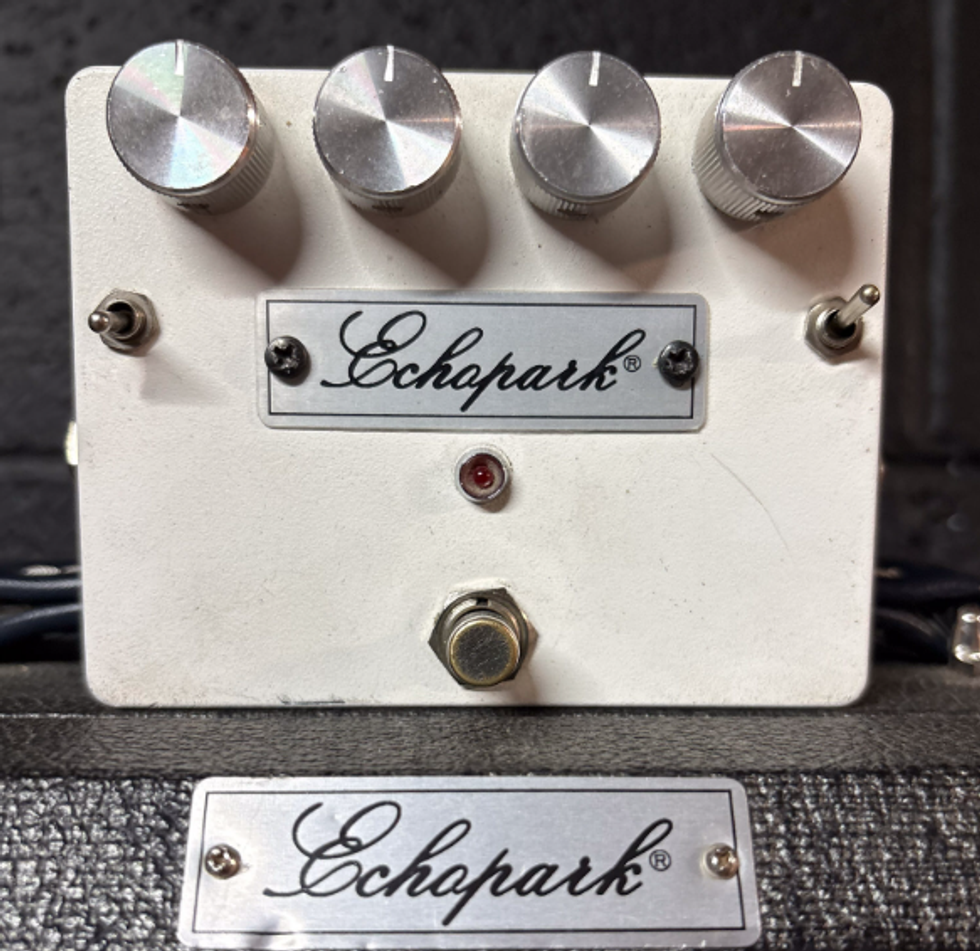
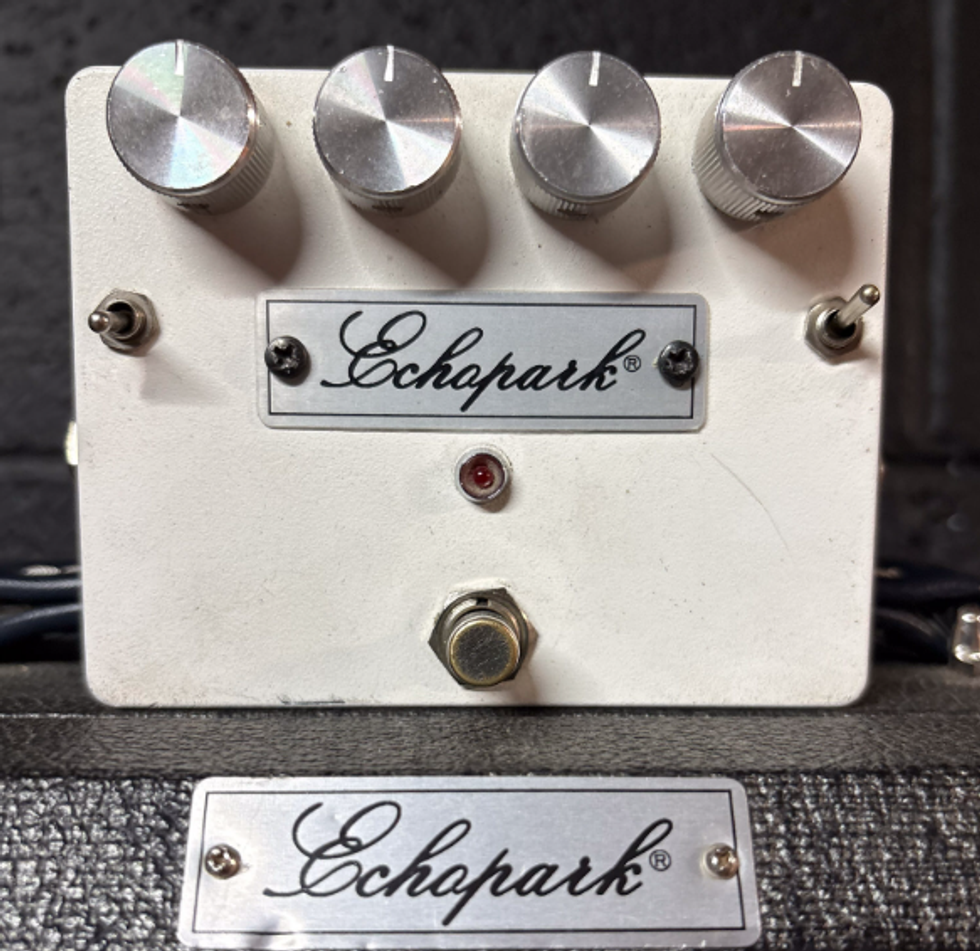
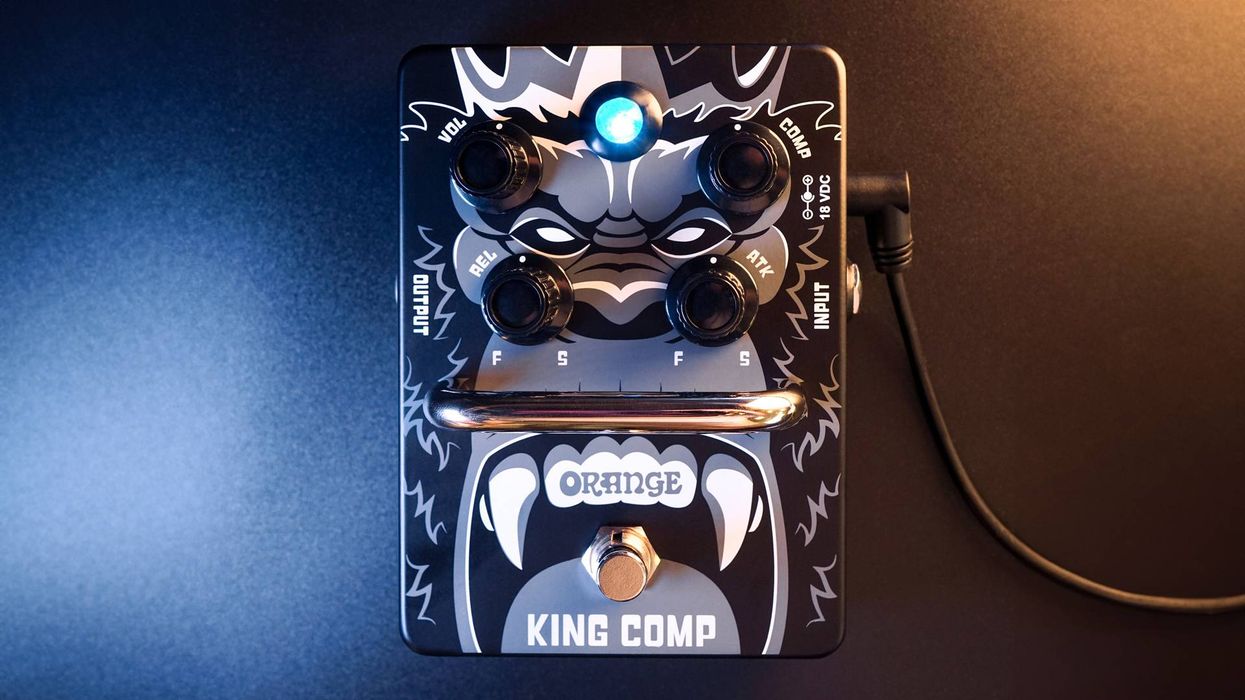



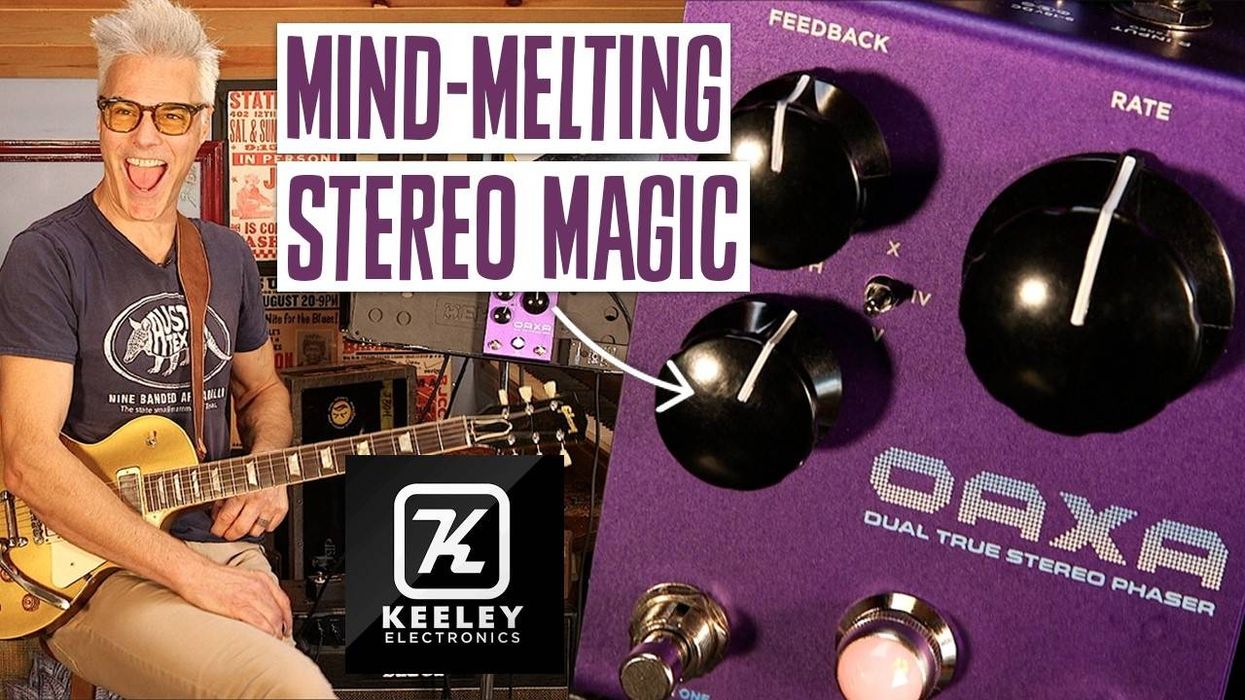









 Zach loves his Sovtek Mig 60 head, which he plays through a cab he built himself at a pipe-organ shop in Denver. Every glue joint is lined with thin leather for maximum air tightness, and it’s stocked with Celestion G12M Greenback speakers.
Zach loves his Sovtek Mig 60 head, which he plays through a cab he built himself at a pipe-organ shop in Denver. Every glue joint is lined with thin leather for maximum air tightness, and it’s stocked with Celestion G12M Greenback speakers.







![Devon Eisenbarger [Katy Perry] Rig Rundown](https://www.premierguitar.com/media-library/youtube.jpg?id=61774583&width=1245&height=700&quality=70&coordinates=0%2C0%2C0%2C0)














